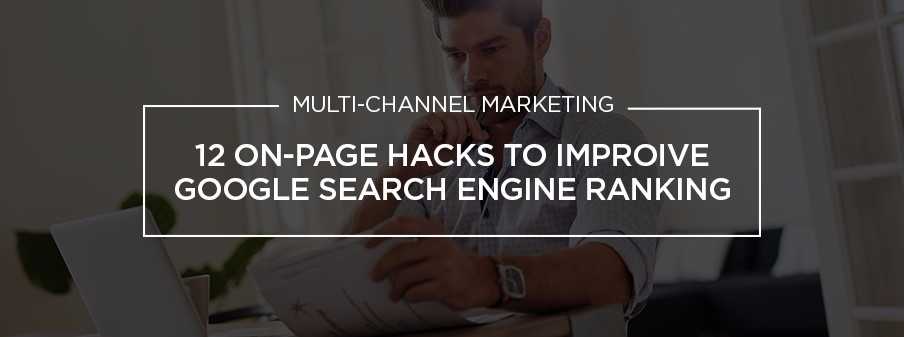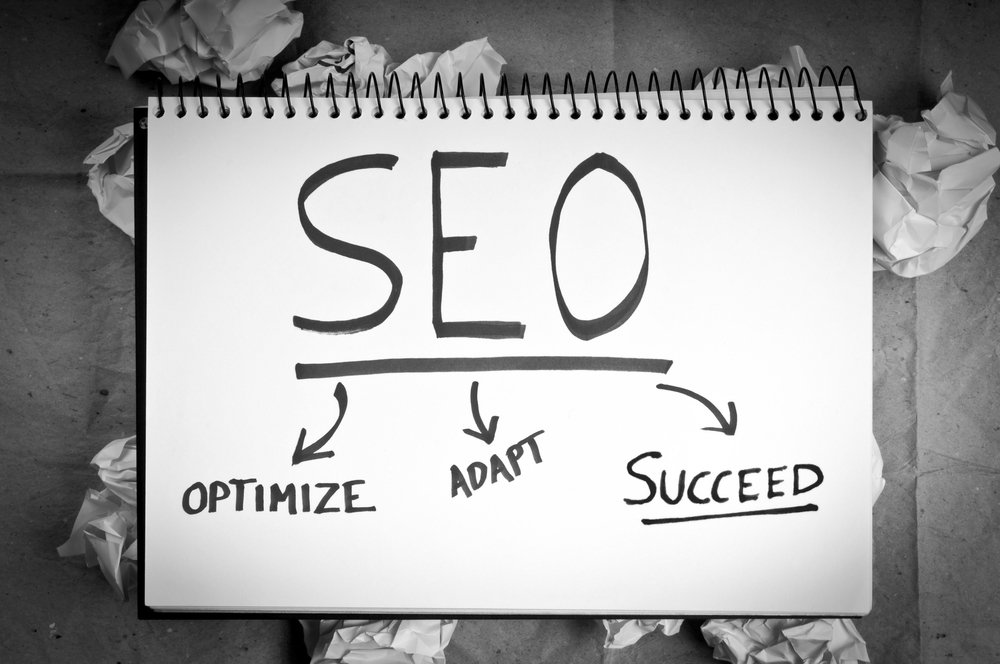12 On-page Hacks to Improve Google Search Engine Ranking
Most service industry businesses want their company website to rank well in search engines. But for many attorneys, architects, and consultants, search engine optimization often sounds more like voodoo than science. Optimizing your website for better search engine results need not be so scary, if you make your page content easy for people, rather than machines, to find what they want. Here are 12 common sense techniques to tweak your web pages and improve search engine results.
- URL Structure
The Uniform Resource Locator (URL) is the address of your web site and pages. Use a maximum of 6 to 7 words for your total page URL. This includes your domain name plus the name of your page. Web page addresses cannot contain spaces. Use hyphens instead of underscores between words.
*For example, digdevdirect.com/12-on-page-hacks-to-improve-search-engine-ranking.
- Keywords in the <title> tag
The title tag is a bit of html in the head of your html file and identifies the title of your web page. The text within the title tag gets displayed at the top of the web browser, or in a tab, when a visitor views the page. The title tag should be short – 6 to 9 words. Use a target “search term” as the first word in the page title.
*For example, “SEO Service | DigDev Direct.”
- Page Title
Not to be confused with the title tag, the page title is the headline of your page content. Each page of your website should have a unique page title. Think of search phrases that someone would type into a search engine to find information on the topic that your web page discusses. Avoid generic page names such as “Home” or “About Us.”
- H1 tags
Header tags (H1 thru H6) are bits of html that identify the outline of your page. Remember the book reports you wrote in grade school, and how the outline helped to organize the content? Use the same search phrases within the H1 tags that you use in the title tag.
- Unique Meta Description
The meta description is an html tag that provides a mini summary of the topic of your web page. Some search engines display the meta description in their search results, so use a maximum of 160 characters. Begin the description with the page title, and then elaborate using one or two additional key search words/phrases from within your page content.
- 2 to 3 Keywords Meta Tags
Add the keyword or phrase that the page is targeting, along with one or two other key terms from your page content.
- Business contact information
Display your business contact information on every page of your website. It seems like a no brainer, but surprisingly many businesses overlook this important content. A “contact us” page is fine, but also include your business address, phone number and email link in the site footer.
- Keyword statement in Footer
Use bold font and keywords to create a one-line statement about your website in the footer. This is an opportunity to reinforce the “who, what, where & why,” of your business. Make important keywords in this statement text links that direct visitors to the corresponding page on your website that targets this same phrase.
- Keyword Rich Content
Include the page target keyword/phrase in the first paragraph of content. Use it once more in the middle and again near the end of the web page. Don’t stuff the page with your target keywords. Instead use your target keywords, and related synonyms, to inform, educate, or answer the questions your visitors are looking to your website for.
- Images – Keywords in the <alt> text
Search engines only index text. As they do not see images the way that people do, <alt> text is used to describe context of images. Alt text describes images which would otherwise be considered empty, useless, wasted space on your web page. The images should relate to the content on your web page, so use search terms you are targeting on the page to help describe the image as well.
- Home Page Content
Your home page is the main portal to your website that most of your first-time visitors will land on first. It’s the first impression, so make it count. The home page should have 300 to 500 words of content, and should target popular search terms that define the purpose of the website.
- Keyword Text Links
Each of your web pages should contain at least one keyword text link. Select a keyword/phrase in the text to make a text link to page with your site with related content. This not only directs search engines to follow the links through your website, but makes it easy for visitors to explore your website by providing a guide to information, products, services, and resources that relate to their search.
Remember, your website visitors are human beings. Using these on-page search engine optimization tips can maximize their user experience on your site.
Written by:
Dennis John | Head Digital Marketing | DigDev Direct
1000 E. Hillsboro Blvd. Suite 105, Deerfield Beach, FL 33441
O: 954.949.9461 | F: 954.337.0251 | C: 954.654.2112
[email protected] | www.digdevdirect.com
Connect with me on LinkedIn














Leave a Reply